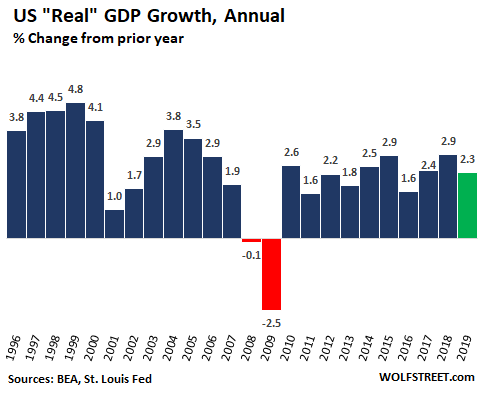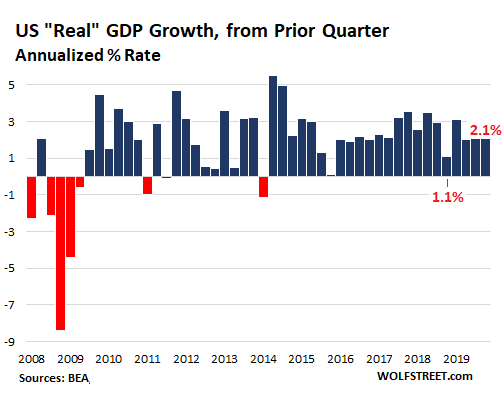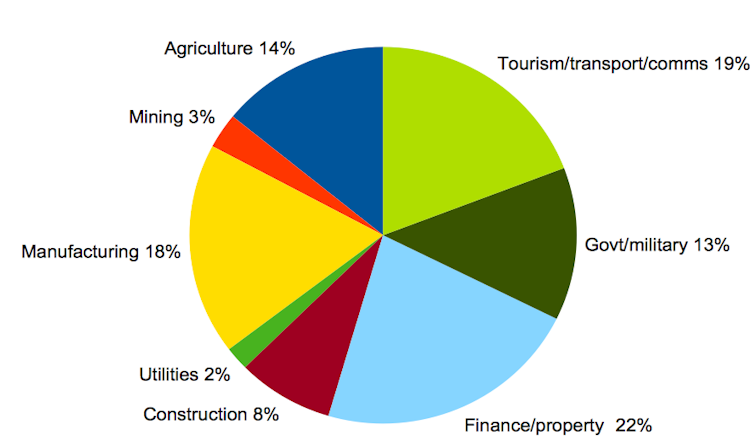"Well, I woke up this morning and I got myself a beer
Well, I woke up this morning and I got myself a beer
The future's uncertain and the end is always near."
Well, I woke up this morning and I got myself a beer
The future's uncertain and the end is always near."
—Roadhouse Blues, The Doors
From Inference Review:In the beginning was beer. Well, not quite at the beginning: there was no beer at the Big Bang. Curiously, though, as Rob DeSalle and Ian Tattersall point out in A Natural History of Beer, the main components of beer—ethanol and water—are found in the vast clouds swirling around the center of the Milky Way in sufficient quantity to produce 100 octillion liters of the stuff, though only at a very disappointing 0.001 proof. On earth, beer-like substances have long existed whenever grains, nectar, or fruits have spontaneously fermented. Chimps and other mammals in the wild have been observed getting sloshed on naturally occurring alcohol, which strongly suggests that very early humans did so too. Whatever the precise date of the first tipple, beer is a truly venerable article, coeval with human civilization and, of course, with some pretty uncivilized behavior as well. DeSalle and Tattersall tell its story with enormous erudition and panache.....MUCH MORE
The earliest evidence of beer consumption is from a Chinese village around 9,000 BCE, whose pottery yielded chemical traces of a kind of rice beer. There are hints of beer’s existence in the Fertile Crescent as early as 11,000 BCE, but nothing definite, although the fact that barley was cultivated and stored as early as 10,000 BCE means that evidence for very early beer consumption will probably turn up, especially as the biological sciences increasingly become part of archaeology. For now, however, beer’s earliest appearance in Middle Eastern history comes courtesy not of biochemistry or archaeology but of literature. In the celebrated third-millennium Sumerian epic Gilgamesh, the wild man Enkidu is domesticated by eating bread and beer. “This is what men eat and drink,” his discoverer assures him. After seven jugs of beer, the poem tells us, “he was suddenly joyful, and sang aloud.”1
Being portable as well as potable—often more potable than water, since it was boiled at one stage of brewing—beer was one of the earliest currencies, used by temple bureaucracies to pay craftsmen, workmen, and suppliers. We even know how much the laborers who built the Giza pyramids were paid: three allotments of beer per day, totaling four liters. Because Egyptian beer was thicker, sweeter, and more nutritious than most later versions—it was made from crumbled barley bread and sprouted grains and flavored with dates and honey—and because it was often drunk before it was completely fermented, and therefore probably contained appreciable quantities of brewer’s yeast, one of the most nutritious substances known, DeSalle and Tattersall conjecture that “beer was the lubricant that made the astonishing feat of pyramid-building possible.”2 Not all Egyptians considered beer an unmitigated blessing, though. A training manual for scribes warned: “Beer, it scareth men from thee, it sendeth thy soul to perdition.” An advice collection called The Wisdom of Ani echoed this warning: “Take not upon thyself to drink a jug of beer. Thou speakest, and an unintelligible utterance issueth from thy mouth.”3
Beer remained a provincial drink during the Roman Empire. Aristocrats and officials drank wine, which suggests that the Greeks, whom the Roman upper classes copied in most things, did not drink beer either. There was, however, a long and unbroken northern European tradition of brewing, dating from around 2,500 BCE. The church disapproved at first, but there was no separating the northerners from their beer. Soon monasteries, which received tithes from peasant harvests, were using their surplus grain to brew beer. In fact, as DeSalle and Tattersall note, the world’s oldest continuously operating brewing site is in a former monastery, the Weihenstephan Abbey in Bavaria.
Another possible sign of divine favor in this period was the discovery of hops around the ninth century. Beer had long been flavored with herbs and fruit, but no combination had produced universal satisfaction. The seed cones of the hops plant, Humulus lupulus, had various uses in medieval medicine but proved an ideal addition to beer, imparting a bracing bitterness and also acting as a preservative. The latter was important: it allowed beer to travel, making a wider market possible and spurring competition and innovation.
A beer’s bitterness can be measured, it turns out, by a formidably difficult-sounding process involving the isomerization of humulone, an alpha acid of the hops, and then measuring the isohumulone level with a spectrometer. Bitterness levels range from 20 to 2,600 IBUs (International Bitterness Units), though it is probably impossible for most people to distinguish levels over 150 IBUs. As a reward, perhaps, to the reader for working through the details of bitterness measurement, DeSalle and Tattersall reproduce a list of beers with their IBU rankings and their droll monikers: Struise Black Damnation, Dogfish Head Hoo Lawd, Triggerfish the Kraken, Flying Monkeys Alpha Fornication, and so on.4 ....















